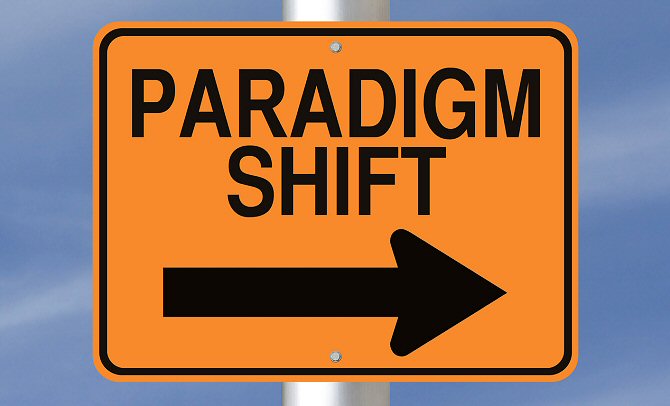

Kuhn was interested in shifting paradigms – how a community’s canon of gathered concepts can evolve over time – which sounds a hell of a lot like the work of an organizer or structural change agent. I’ve been a geek for Kuhn’s work since a teacher forced me to learn about him during my senior year of high school.

In his 1962 book The Structure of Scientific Revolutions, Thomas Kuhn used the concept of a paradigm to describe "universally recognized scientific achievements that, for a time, provide model problems and solutions for a community of practitioners, i.e., what is to be observed and scrutinized." Quick Refresher: What’s a Paradigm Shift? Or to view this article as a formatted table, click here.

If you feel you already have a strong understanding of paradigm shifts, skip the next two sections and jump down to the framework. Our hypothesis is that we can use community organizing and political advocacy tools to move individual and collective paradigm shifts that affect larger change. This is not a new way of thinking for organizers but, in this period of crises and rapid change, we are offering a synthesized framework for moving through this type of thinking.

Maintain a focus on the larger goal of changing worldviews. In order to influence paradigm shifts in a crisis, we need an additional set of questions to help us:Ĭhallenge long-held assumptions in each of the areas listed above, and
#Definition of a paradigm shift series#
This framework is intended as an opening and invitation to a series of questions that can help your team build strategy for paradigm shifts – now and into the future.
#Definition of a paradigm shift how to#
There is lots of great writing calling for organizers to use this moment to enact change, but little on how to actually approach that work. Last month, we shared a framework for how to think and act strategically in long-term crises.Īs folks began implementing this tool, we heard numerous requests for resources on how to shift paradigms. In our current period of multiple crises, organizations are seeking ways to influence the outcomes of rapid response decisions in their communities while building for the long-term wins they have been fighting for for decades. Resources: What are they? Who has them? And why? Stakeholders: A description of our opposition and alliesĭecision-makers: Who gets to decide and what we know about what they care about Rules of Engagement: The understanding of how our economy, judicial system, and cultural norms work Values: The values of what is right/wrong and the stories we use to reinforce those values We build project plans within a given paradigm, our current societal beliefs about: To answer these questions, really, to do any planning, we rely on our assumptions about the world: our understanding of the status quo. In campaigns for structural change, we consistently ask ourselves questions about power and how the economic or political landscape is shifting in ways that might revise our plans. Arundhati Roy, “The Pandemic Is a Portal” Or we can walk through lightly, with little luggage, ready to imagine another world. We can choose to walk through it, dragging the carcasses of our prejudice and hatred, our avarice, our data banks and dead ideas, our dead rivers and smoky skies behind us. It is a portal, a gateway between one world and the next. Historically, pandemics have forced humans to break with the past and imagine their world anew.


 0 kommentar(er)
0 kommentar(er)
